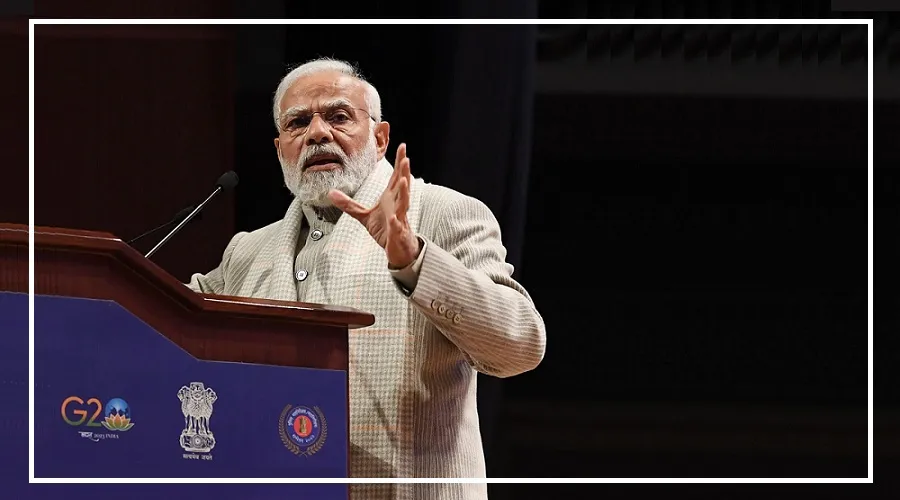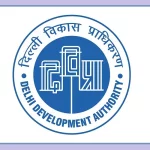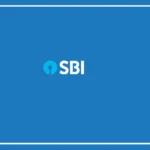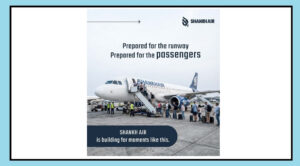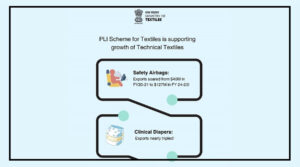Pradhan Mantri Awas Yojana (PMAY) is a government scheme that provides a subsidy to help people buy or build their homes by reducing the EMI on home loans.
However, if you’re benefiting from this scheme, be cautious—making certain mistakes can lead to the government withdrawing the subsidy, which would increase your loan amount and EMIs.
Common Mistakes That Can Lead to Subsidy Withdrawal
Loan Default
If you default on your home loan repayment and your loan becomes a Non-Performing Asset (NPA), the government can take back the subsidy. This means the initial subsidy amount will be added back to your outstanding loan, increasing your EMI.
Incomplete House Construction
If the construction of your home halts for any reason after the subsidy has been disbursed and you cannot resume building, the government can demand the return of the subsidy through the nodal agency.
Non-Usage of the House
If you do not certify that the house is being used within 36 months of receiving the first loan installment, the bank will return the subsidy to the nodal agency. This condition ensures that the house is actively used and not left vacant.
How the PMAY Subsidy Works
PMAY provides an interest subsidy that is directly deposited into the borrower’s loan account, reducing both the EMI and the total loan amount.
Unlike a simple interest rate reduction, this subsidy’s net present value (NPV) is calculated at a 9% discount rate.
The government transfers the subsidy through three central nodal agencies (CNAs): National Housing Bank (NHB), Housing and Urban Development Corporation (HUDCO), and State Bank of India (SBI).
Final Thoughts
To avoid the subsidy being taken back, ensure timely loan repayments, complete house construction, and start using the home within 36 months.
PMAY 2.0, launched on 9 August 2024, may have similar guidelines to PMAY 1.0, so staying compliant with these rules will help you fully benefit from the scheme.


